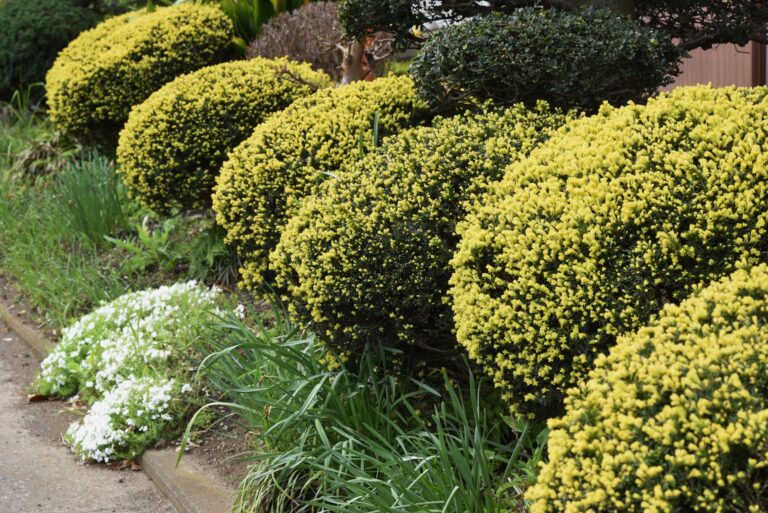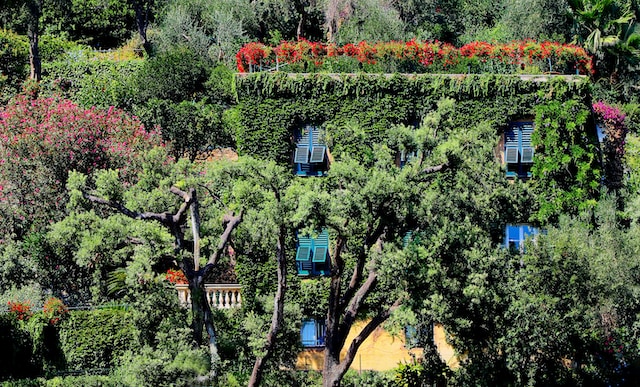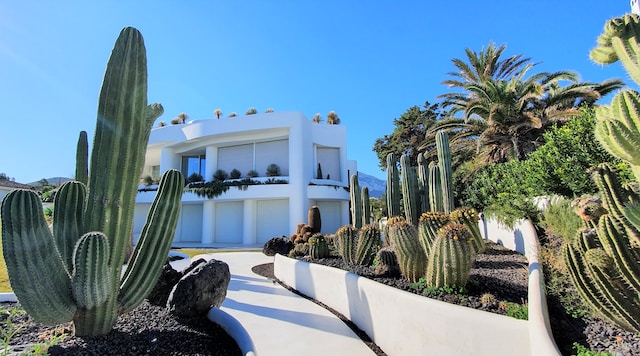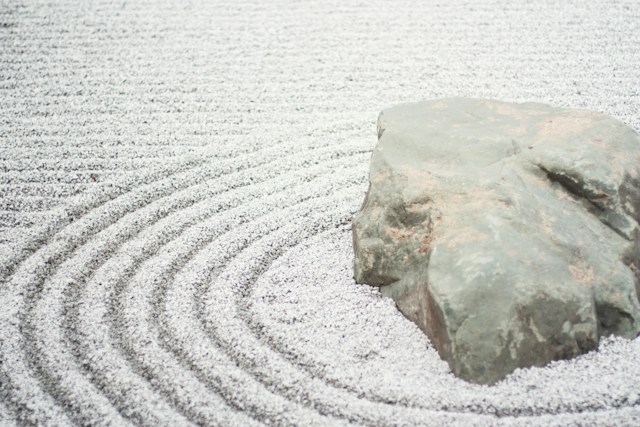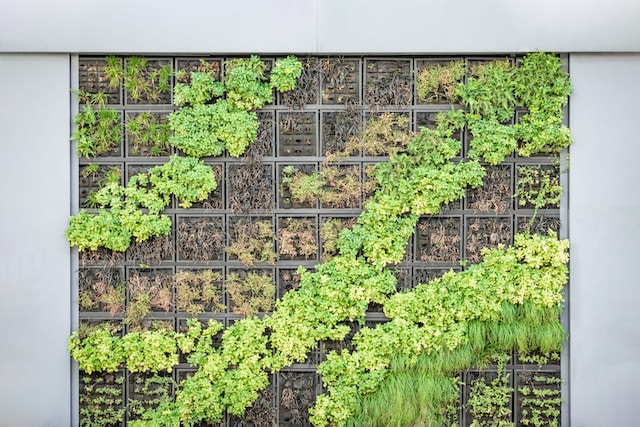Dwarf shrubs are the perfect addition to any garden, offering vibrant colors, textures, and shapes without taking up too much space. They’re low-maintenance, versatile, and ideal for filling in gaps or adding structure to garden beds. Here’s a guide to some of the most stunning dwarf shrubs that will enhance your outdoor space. 1. Japanese…
garden design
Frugal Garden Ideas from Italian Renaissance Gardens
Recently I’ve been sharing with you some of the garden designs that I would like to learn more about. This week, I want to talk a bit about Italian Renaissance Gardens. I’ve researched a little bit of their history and their design style. Additionally, I have thought about ways to incorporate elements of that design…
Garden Designs I Want to Learn More About
I enjoy exploring different approaches to garden design. There are so many styles that evoke so many different feelings when you’re amidst them. Although I know a little bit about a few styles, there are many others I hope to learn more about in the weeks, months, and years to come. 3 Garden Designs I’ve…
Zen Gardens on a Budget: Simple and Affordable Ideas for Tranquility
Have you ever visited a Zen garden and walked away feeling an immense sense of peace? This tranquility is no accident. The simple, intentional design of zen gardens creates this for us. And you can create it for yourself in your own space. More importantly, you can do so on a budget. What is a…
Mastering the Art of Espalier: 8 Creative Ways to Shape Your Garden
Have you ever seen plants designed beautifully in a 2D vertical format against a wall? That’s espalier. This horticultural technique transforms ordinary fruit trees and shrubs into living works of art. Through careful attention, you train plants to grow horizontally and diagonally along support structures, such as trellises or fences. There are a surprising number…
